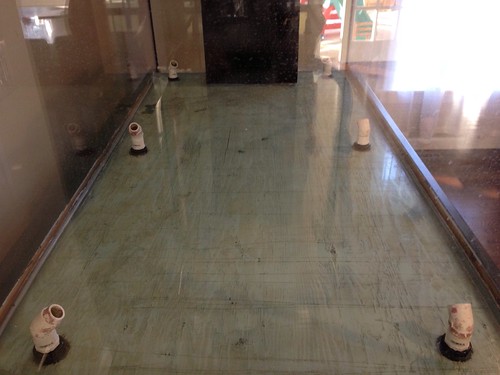Gary Majchrzak
Team RC
sealing off by patching is what I meantSealing a bulkhead off is not an option. Patching the glass might be.
of course!
Just do it. The double pane/seal reinforces the aquarium bottom. This is a beautiful aquarium. It should have NEVER been drilled like that in the first place. (Recall my comment in your build thread?)

